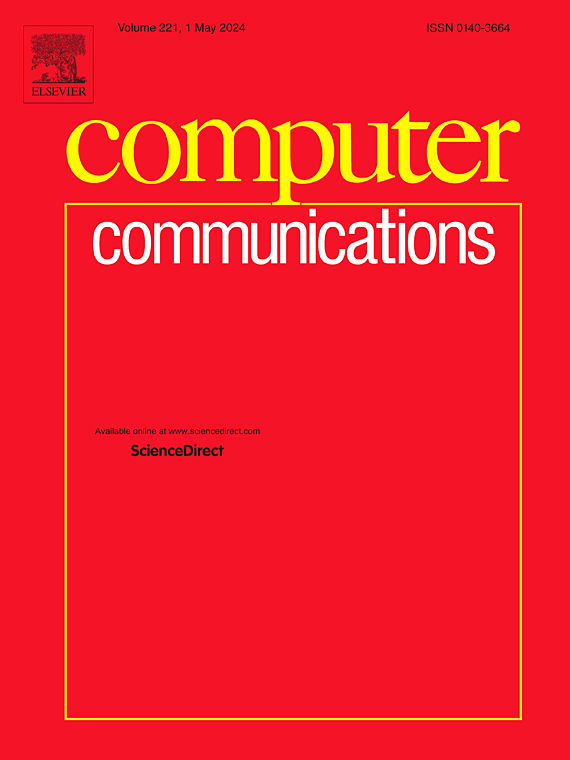DCP和VarDis:用于动态蜂群和无人机编队的自组织协议栈
IF 4.3
3区 计算机科学
Q1 COMPUTER SCIENCE, INFORMATION SYSTEMS
引用次数: 0
摘要
最近,无人机的群体或编队在文献和应用中都受到了越来越多的关注。为了动态适应它们的操作环境,群体成员需要通过无线通信来完成控制和协调任务。为了基本的安全目的,如避免碰撞,一个基本的通信模式是信标,无人机经常通过本地广播服务向当地社区发送有关其位置、速度、航向和其他操作数据的信息。在本文中,我们提出并分析了一个协议栈,该协议栈允许将循环信标原语用于其他目的。特别是,我们提出了VarDis(变量传播)协议,该协议创建了无人机群的所有成员都可以(读)访问的变量的抽象,并且可以自然地用于群的集中控制,以及其他应用程序。我们描述了所涉及的协议,并提供了VarDis的性能分析。本文章由计算机程序翻译,如有差异,请以英文原文为准。
DCP and VarDis: An ad-hoc protocol stack for dynamic swarms and formations of drones
Recently, swarms or formations of drones have received increased interest both in the literature and in applications. To dynamically adapt to their operating environment, swarm members need to communicate wirelessly for control and coordination tasks. One fundamental communication pattern required for basic safety purposes, such as collision avoidance, is beaconing, where drones frequently transmit information about their position, speed, heading, and other operational data to a local neighbourhood, using a local broadcast service. In this paper, we propose and analyse a protocol stack which allows to use the recurring-beaconing primitive for additional purposes. In particular, we propose the VarDis (Variable Dissemination) protocol, which creates the abstraction of variables to which all members of a drone swarm have (read) access, and which can naturally be used for centralized control of a swarm, amongst other applications. We describe the involved protocols and provide a performance analysis of VarDis.
求助全文
通过发布文献求助,成功后即可免费获取论文全文。
去求助
来源期刊

Computer Communications
工程技术-电信学
CiteScore
14.10
自引率
5.00%
发文量
397
审稿时长
66 days
期刊介绍:
Computer and Communications networks are key infrastructures of the information society with high socio-economic value as they contribute to the correct operations of many critical services (from healthcare to finance and transportation). Internet is the core of today''s computer-communication infrastructures. This has transformed the Internet, from a robust network for data transfer between computers, to a global, content-rich, communication and information system where contents are increasingly generated by the users, and distributed according to human social relations. Next-generation network technologies, architectures and protocols are therefore required to overcome the limitations of the legacy Internet and add new capabilities and services. The future Internet should be ubiquitous, secure, resilient, and closer to human communication paradigms.
Computer Communications is a peer-reviewed international journal that publishes high-quality scientific articles (both theory and practice) and survey papers covering all aspects of future computer communication networks (on all layers, except the physical layer), with a special attention to the evolution of the Internet architecture, protocols, services, and applications.
 求助内容:
求助内容: 应助结果提醒方式:
应助结果提醒方式:


